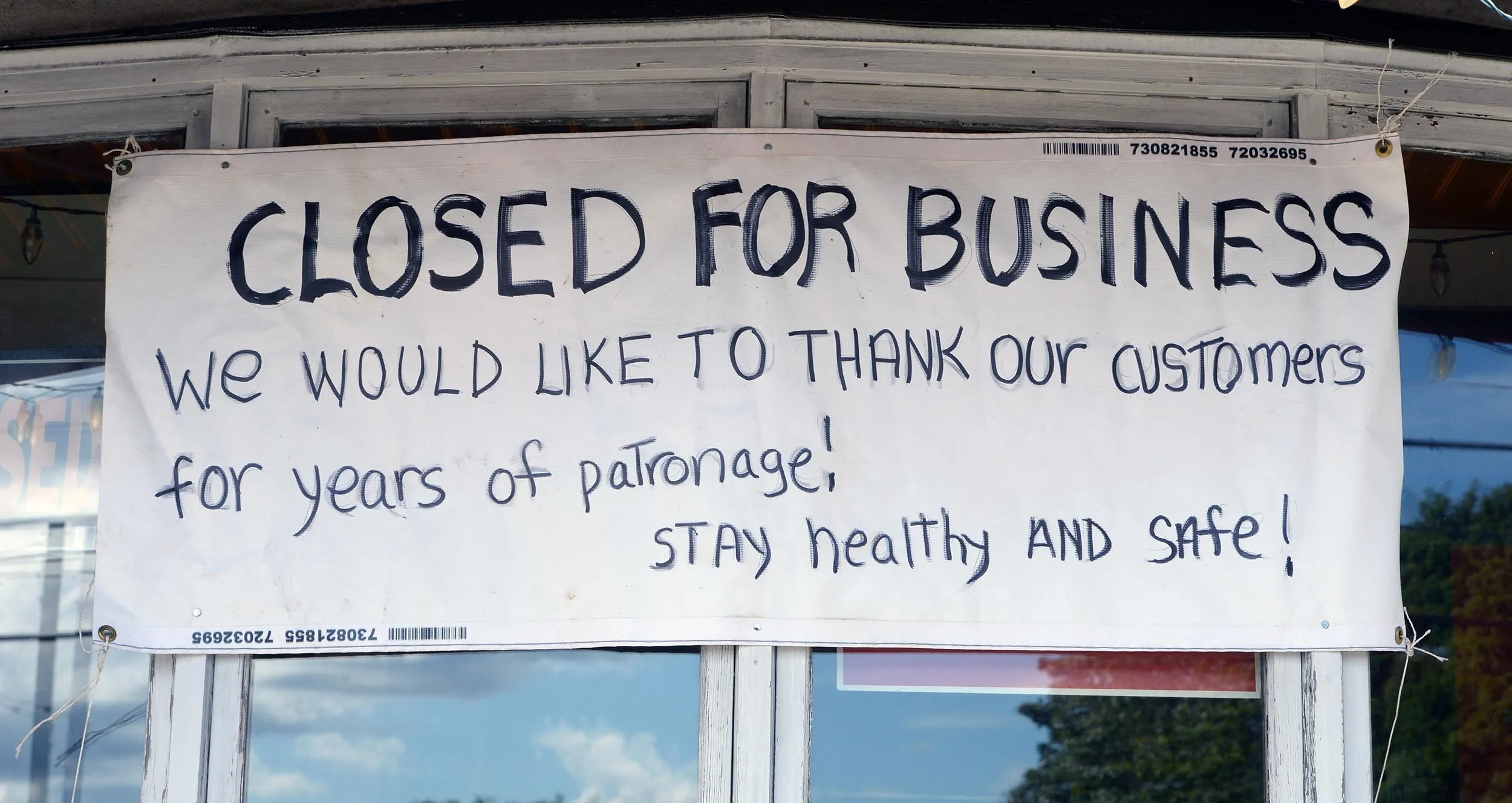Why blindly increasing prices is dangerous
As the Australian economy faces significant challenges, small businesses are particularly vulnerable. The latest economic data indicate that Australia may be slipping towards a recession, driven by a sharp decline in household spending and disposable income. In 2023, Australia’s real per capita household consumption dropped by 2.5%, while real per capita household disposable income fell by a record 6%. (More >)
Small businesses often face a dilemma: increase prices to cover costs and risk alienating customers, or keep prices stable and risk losing profitability. This challenge is exacerbated by competition from online retailers and global tech disruptors, which often offer lower prices and convenient delivery. In a competitive landscape, small businesses must offer a compelling value proposition beyond just price.
Simply increasing prices as costs increase is not only bad for the consumer, without a strong value proposition, the gap between the price shoppers are willing to pay and price tag is a potential short cut to insolvency.
One significant issue is the consumer’s perception of value. Research shows that consumers often anchor prices at a lower level than businesses would prefer to charge, creating a “value gap.” This gap arises when the quality or experience offered by a product or service is not perceived as sufficient to justify the price. For example, while high demand and limited supply have pushed up housing prices in Australia, other sectors, such as hospitality and retail, struggle to maintain customer demand when prices rise, especially if the perceived value doesn’t keep pace with the cost.
In this challenging environment, businesses must focus on clearly communicating the value of their offerings. Selling the value is critical in hard economic moments. This involves not only setting competitive prices but also enhancing the customer experience and quality. It’s about making the buying process enjoyable and ensuring that the product or service meets or exceeds customer expectations.
Business survival and growth in a pending recession or otherwise is pretty basic – a good valued product / service and selling enough.
Step 1: The Product (or service): Is all about ‘value’
This value can come from a competitive price point, bundled offerings, or a superior quality and reputation. It’s crucial to clearly articulate these benefits to potential customers to justify the price.
Step 2: Selling the Product (or service): Is all about ‘relationships’
Selling is about building relationships and trust. Ensuring a seamless purchasing process and encouraging positive word-of-mouth are essential for ongoing sales and customer relationships and advocacy.
While raising prices may seem like a straightforward solution to cover rising costs, it can have adverse effects if not carefully managed. Do market research to understand the best path forward. From modelling to find the optimal price, to journey mapping to identify innovation opportunities to add value, or market trends and customer needs.
Recessions are a great time to reimagine.
By focusing on the product’s value and building strong customer relationships, businesses can navigate these challenges and thrive even in uncertain economic times.




